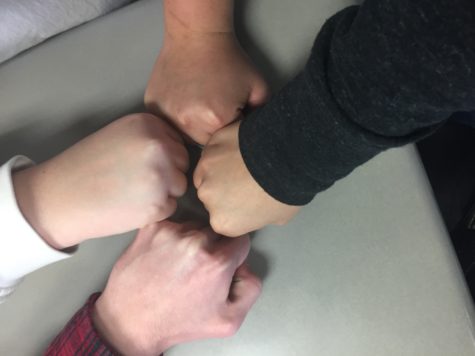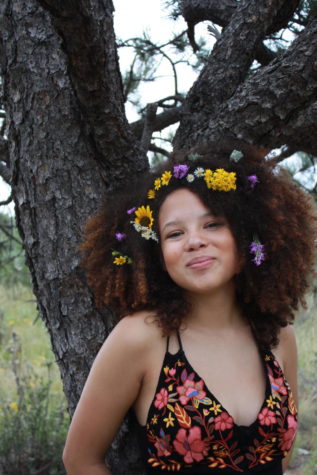Diverse or Divisive

76% of Air Academy High School’s 1,400 students are white; the second largest ethnic group is Hispanic, who make up 12% of the student body. The majority of students at Air Academy represent a white, middle-class upbringing. With bills such as the Stronger Together Act being introduced into congress, diversity has become a buzzword for schools. You see it in the college brochures with the inexplicable rainbow coalition of friends, but schools still remain segregated. It has been 63 years since the overturn of Plessy v. Ferguson, the obsolete declaration of “separate but equal” as constitutional, and yet the number of schools that have entirely black or Hispanic poor populations is growing along with schools like Air Academy and Cheyenne Mountain whose student bodies are largely white and middle to upper class.
The signs that hang in every classroom at Air Academy state that each room is a space that is respectful of all regardless of gender identity, race, or religion, but how can that be when the only experiences most students have are with people who look, talk, and think similar to themselves? Air Academy claims to be a place free of racial bias, but few of the students dedicate themselves to these ideals. Racial slurs and jokes are common in Air Academy hallways. Now the question is how does this affect students of color and others?
Junior Monica Sakamoto explains, “I think that it’s kinda sad that there are literally like 20 people of color at this school.” On the other hand, junior Olivia Whitaker says, “The lack of diversity doesn’t really bother me that much. It just kind of feels like it could be a lot better if we had an opportunity to be able to share a different culture with someone else, but you can learn so much from just talking to other people.” Senior Aleah Gunter feels that “there could be more way more diversity.” Ashlie Steel, a senior who previously went to a majority non-white school, thinks, “Yeah, it was weird not to be represented equally, but it never really bothered me, and I didn’t even realize that Air Academy was primarily white until it was pointed out to me.”
From the Little Rock 9 to the Civil Rights act of 1964, anti-segregation has made major gains. But despite these efforts and laws passed, indirect and unconscious segregation is still a major factor that can affect schooling and even living situations for non-white people. The idea of racial segregation seems antiquated and in the distant past, but in 2011, the Cleveland School District was ordered to desegregate by a federal judge.
So, is Air Academy really a safe zone for all? Is the lack of diversity at our school merely a quirk of zoning? The evidence points overwhelmingly in the opposite direction. So what can we do? The important thing is realizing little things that one does or ideas they perpetuate are harmful. Walking up to me and asking to touch my hair, or even worse, sticking your hand into my hair is weird and offensive. A lack of diversity is only a problem when you refuse to acknowledge and appreciate the differences that make humanity great.

Keeping it off the chizzain its Ryn, I love acapella singing and chilling at my house. Extremely vain and better than everyone.



Brea Pilley • May 3, 2017 at 3:53 pm
I love this Ryn! You just kept proving point after point, and brought in statistics and your own experiences. And I love the Solange reference 😉
Jessica Cox • May 2, 2017 at 12:14 pm
I love this article. It’s really interesting to see this topic be brought into such a real light.
Bethany Diaz • May 2, 2017 at 12:01 pm
I love this article, I wonder why diversity has become such a topic of discussion at Air Academy?